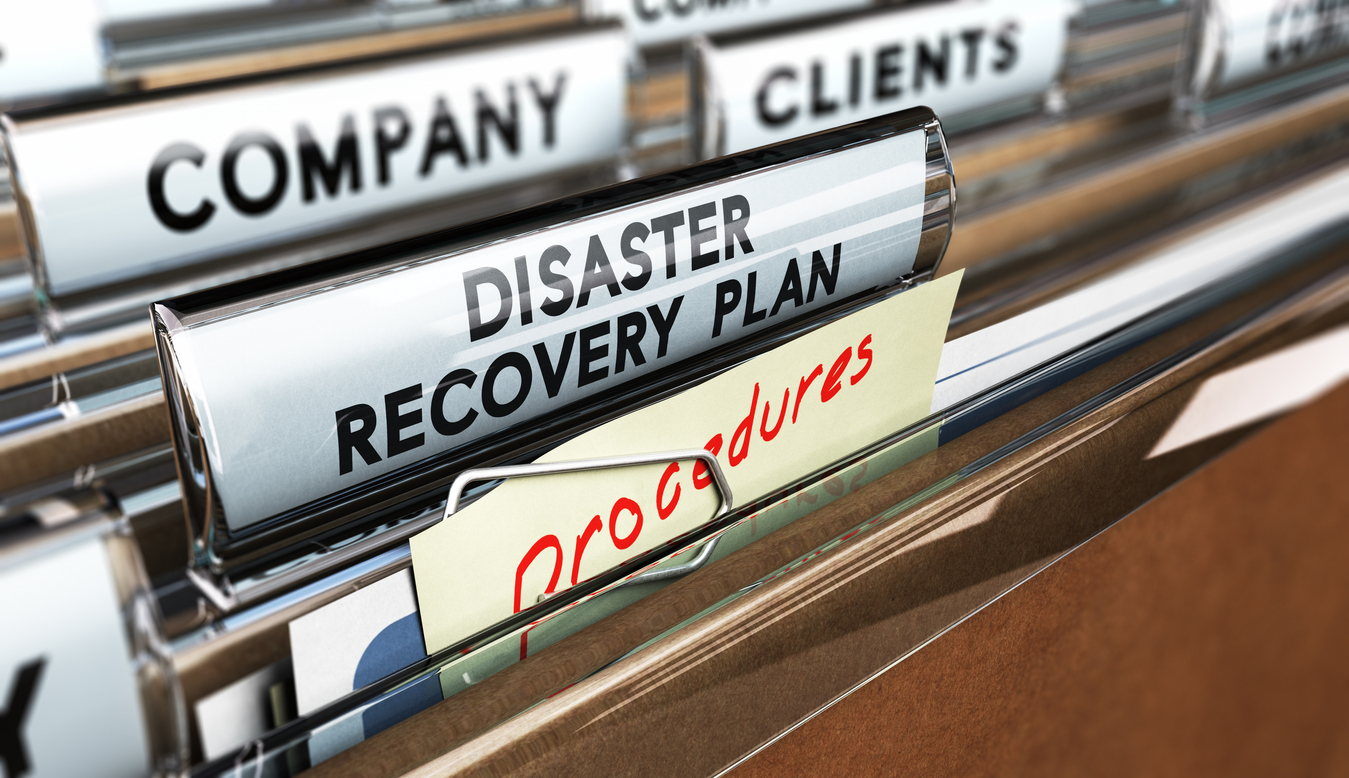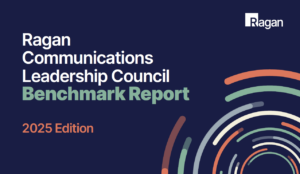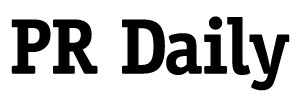The most valuable tabletop takeaways often happen after the fact
Here are after-action tips for making the most out of your tabletop trainings.

Crisis tabletop sessions are important, but not just for what happens during the training exercise.
“The most valuable moments happen after the exercise ends,” said Dara Cohen, the American Gaming Association’s strategic director of communications and media relations. “It’s not about executing a flawless response but understanding where your communication infrastructure breaks down.”
Cohen will co-lead an interactive session on running a tabletop during Ragan’s PR Daily Conference in Washington, D.C., this May. In the meantime, here are some of her best tips on getting the most out of the time after your training.
Embrace feedback
In Cohen’s past roles with MGM Resorts International and other casino organizations, exercise scenarios ranged from active threats and natural disasters to cyber-security attacks and slow-building political issues.
“It’s not always a level five fire drill,” Cohen said. Sometimes, it’s smaller disruptions, like a power outage.
“We want the scenario to be broad enough that everyone can relate to it from their unique perspective,” she added. “At the same time, we want to ensure participants are learning from each other.”
The majority of the tabletop exercise should focus on discussion, Cohen said. But there’s an important need to continue that conversation after the event.
Within 24 to 48 hours after an exercise, Cohen suggests that the group reconvenes for additional feedback via a survey, email chain or in-person session.
“I could create a survey that’s more targeted, like, ‘You had a lot of feedback about long-term impacts and how to address those. Have you thought about that more?’” Cohen said.
Or it could be more general, with questions like, “What did you find beneficial about the session? What could we do better in the future? What do you feel you missed out on that you wish we had discussed?”
Cohen stressed the importance of giving people time to sit with the experience and think about what they learned.
“It allows them to reflect and analyze what they went through in a deeper, more meaningful way,” she said. “They need that time to let it marinate.
If feedback reveals major gaps, the team schedules a second debrief to refine the crisis plan.
“Sometimes, that’s just a matter of consolidating notes and sending an email outlining the updates to make sure everyone is on the same page,” Cohen said.
Breaking down comms barriers
A big part of the tabletop exercise is determining how response teams interact with one another, Cohen said. She described it as a way to examine how different crisis teams interact.
Hidden barriers, such as inconsistent messaging or communication bottlenecks, can weaken a crisis response.
As part of the after-action debrief, the team should talk about the discussion process itself. It should evaluate How did they come to decisions? What did they discuss? Who led the conversation?
“Understanding where those issues lie is key to improving the next response,” she said. “Seeing how people react can inform gaps that communication alone might miss. It can also indicate who’s taking the exercise seriously and if the right people are at the table.”
While managing hotels and casinos across the country, Cohen learned that crisis communication often requires swift action with individuals they don’t interact with regularly.
A flaw of a lot of crisis planning, she said, is that teams only get together for formal meetings or big crisis plans. Cohen noted that, if possible, teams should interact more often on smaller team-focused trainings to develop a rapport with one another.
“In complex incidents, personal relationships between team members were often more valuable than the latest tech,” Cohen said. “Building those relationships and maintaining trust is critical in a crisis.”
Revising the plan
Ultimately, what’s learned during a training exercise should reinforce what the team has in its existing crisis plan. If it doesn’t, that manual should change.
Formally updating that plan should be collaborative in nature, involving:
- Legal
- Security
- Compliance
- Government relations
- Relationship management teams
She described having a high-level collaboration as important operationally but it’s also about building awareness and earning general organizational buy-in.
“There needs to be an owner of the document,” Cohen explained. “Communications is often best positioned for this role because they’re in the loop with key players and responsible for the messaging that stakeholders will receive. But it’s a joint effort.”
Cohen recommended working to integrate those updates and crisis communication plans into broader risk management and operational resilience strategies.
“The plans should evolve, and so should your team’s readiness,” Cohen said. She added that establishing KPIs, such as response time, internal communication efficiency and stakeholder trust levels, can help leaders stay aligned and focused.
“We’re not just preparing for crises,” she said. “We’re building a more agile, communicative organization.”
The PR Daily Conference will take place May 21-23 at the Mayflower Hotel in Washington, D.C.
Casey Weldon is a reporter for PR Daily. Follow him on LinkedIn.







